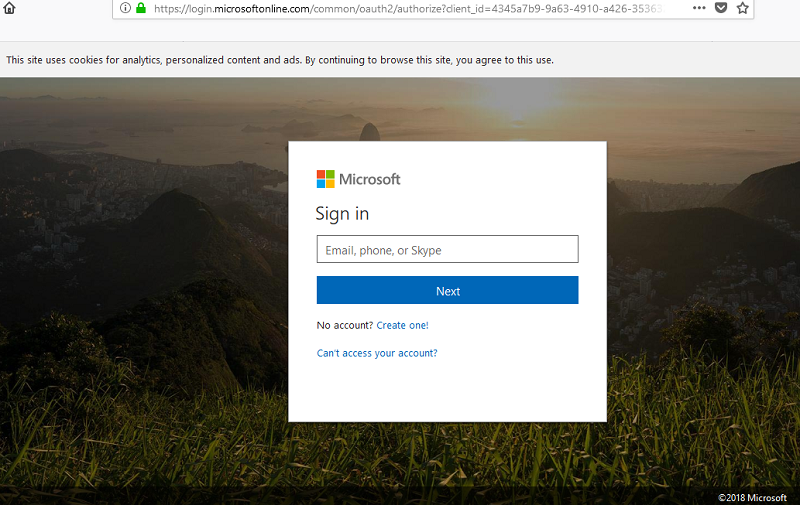

How to set your out of office status in Office 365 Getting creative is commendable, but sometimes it’s just better to keep it safe and use a message which has been proofread thoroughly. That’s why it’s usually best to just use a sample out of office message, fill in the blanks and adjust it, if necessary.

While this time frame is enough to set up an out of office reply, it might not be enough to come up with a perfect text for your autoresponder (and read it a few times to prevent typos). One of the problems with out of office replies is that usually people don’t think about how to phrase them until five minutes before leaving for vacation. And they are right! Out of office examples

That’s why most companies insist on setting out of office replies. When you know if your recipients are present or not, it’s much easier to plan your tasks. Anyway, those internal notifications in Office 365 help a lot with productivity. External recipients will only get traditional automatic responses by email. Keep in mind that those notifications are reserved for people within your Office 365 tenant. Once set up and active, they will trigger MailTips in Outlook and Outlook on the web and set up a corresponding status in Teams: That’s why out of office messages go way beyond simple email autoresponders. You see, Outlook has come a long way since it was created, and Office 365 is much more than simply email. What is an out of office notification? It’s an information that you get when you try to reach someone who has out of office status on. Thanks to that, even if both the sender and the recipient have automatic replies active, an infinite reply loop will not happen. Out of office messages are sent to each sender once. What’s more, there’s a built-in mechanism which prevents infinite loops. That’s why, no matter if Outlook is turned off or on, automatic replies are sent. Every time you set up an out of office reply, its content and settings are stored on your mail server. The whole concept of out of office messages is fairly simple – they are automatic replies, sent back on your behalf when you are away or busy and someone sends you an email.


 0 kommentar(er)
0 kommentar(er)
